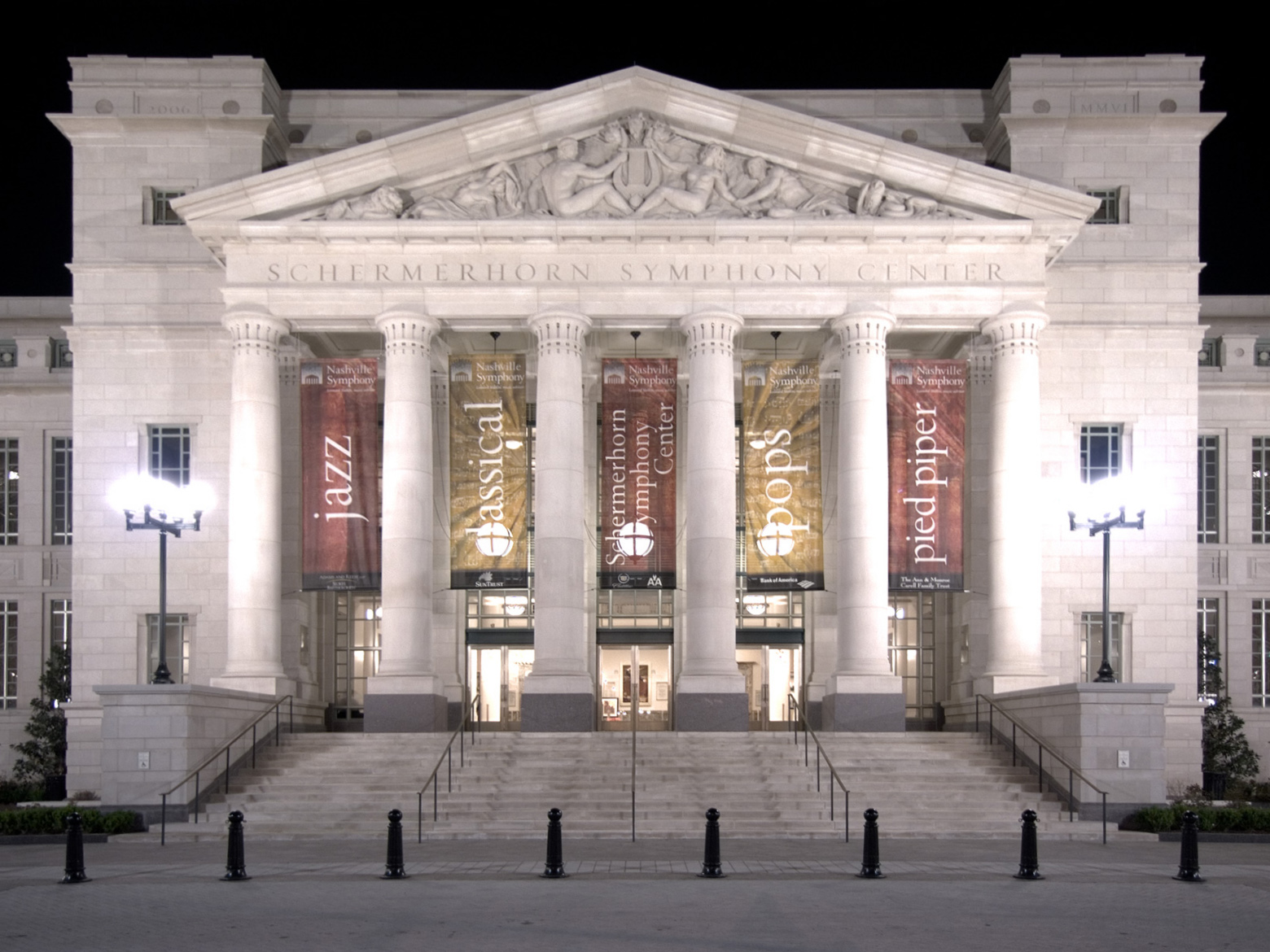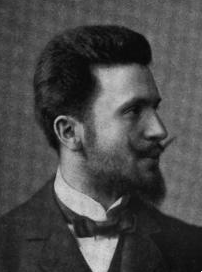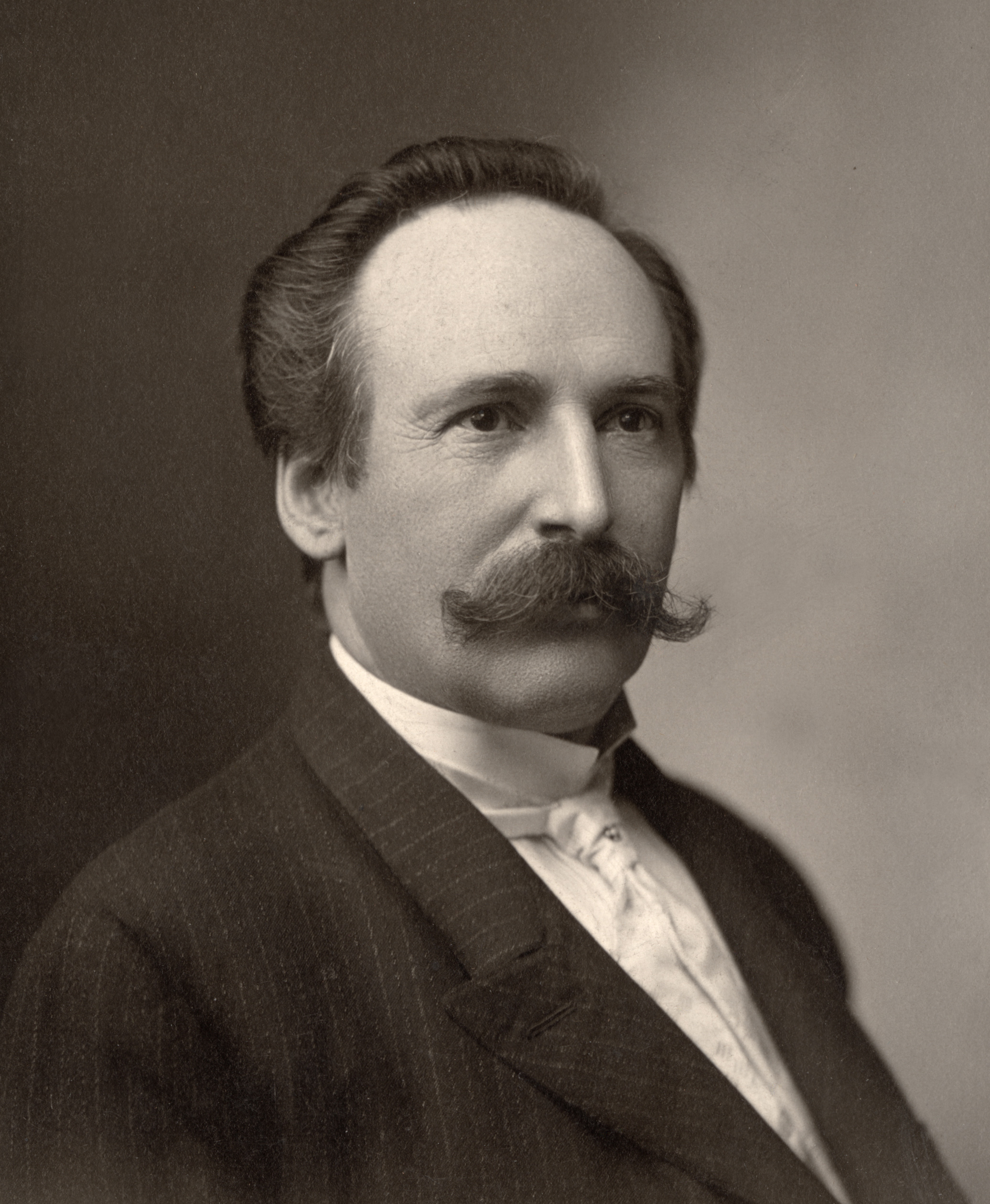|
Symphony No. 1 (Barber)
Samuel Barber's Symphony in One Movement ( Op. 9), was completed 24 February 1936. It was premiered by Rome's Philharmonic Augusteo Orchestra under the baton of Bernardino Molinari on 13 December 1936. It lasts around 21 minutes. The title given in the printed score of the work is First Symphony (in One Movement), and the uniform title is Symphonies, no. 1, op. 9. History Barber commenced his work on the symphony in August 1935 and completed the work at the Anabel Taylor Foundation in Roquebrune in the French Alps. It was dedicated to his long-time companion Gian Carlo Menotti. It received its American premiere by the Cleveland Orchestra, conducted by Rudolf Ringwall, on January 21 and 23, 1937, and it was performed three times on March 24 of the same year at Carnegie Hall, played by the New York Philharmonic–Symphony Orchestra under the direction of Artur Rodziński. Rodziński was a strong promoter of Barber's work, and he also conducted the Vienna Philharmonic's performanc ... [...More Info...] [...Related Items...] OR: [Wikipedia] [Google] [Baidu] |
Samuel Barber
Samuel Osmond Barber II (March 9, 1910 – January 23, 1981) was an American composer, pianist, conductor, baritone, and music educator, and one of the most celebrated composers of the 20th century. The music critic Donal Henahan said, "Probably no other American composer has ever enjoyed such early, such persistent and such long-lasting acclaim." Principally influenced by nine years' composition studies with Rosario Scalero at the Curtis Institute and more than 25 years' study with his uncle, the composer Sidney Homer, Barber's music usually eschewed the experimental trends of musical modernism in favor of traditional 19th-century harmonic language and formal structure embracing lyricism and emotional expression. However, he adopted elements of modernism after 1940 in some of his compositions, such as an increased use of dissonance and chromaticism in the '' Cello Concerto'' (1945) and '' Medea's Dance of Vengeance'' (1955); and the use of tonal ambiguity and a narrow use of ... [...More Info...] [...Related Items...] OR: [Wikipedia] [Google] [Baidu] |
Kenneth Schermerhorn
Kenneth Dewitt Schermerhorn ( ; November 20, 1929 – April 18, 2005) was an American composer and orchestra conductor. He was the music director of the Nashville Symphony from 1983 to 2005. Early life Schermerhorn was born on November 20, 1929, in Schenectady, New York. He studied clarinet, violin, and trumpet in school. He attended the New England Conservatory of Music, graduating in 1950. Career Schermerhorn played the trumpet with the Boston Symphony Orchestra and the Kansas City Philharmonic among several other orchestras. He was drafted into the U.S. Army and, in 1953 while serving in Germany, he was assigned to be the conductor of the U.S. Seventh Army's Seventh Army Symphony Orchestra. This was his first conducting position and he proved to be quite successful, winning the Elizabeth Sprague Coolidge Medal and the Harriet Cohen International Music Award for young conductors. After leaving the army, Schermerhorn studied and played under Leonard Bernstein at Tanglewood ... [...More Info...] [...Related Items...] OR: [Wikipedia] [Google] [Baidu] |
Compositions By Samuel Barber
Composition or Compositions may refer to: Arts and literature *Composition (dance), practice and teaching of choreography *Composition (language), in literature and rhetoric, producing a work in spoken tradition and written discourse, to include visuals and digital space *Composition (music), an original piece of music and its creation *Composition (visual arts), the plan, placement or arrangement of the elements of art in a work * ''Composition'' (Peeters), a 1921 painting by Jozef Peeters *Composition studies, the professional field of writing instruction * ''Compositions'' (album), an album by Anita Baker *Digital compositing, the practice of digitally piecing together a video Computer science *Function composition (computer science), an act or mechanism to combine simple functions to build more complicated ones *Object composition, combining simpler data types into more complex data types, or function calls into calling functions History *Composition of 1867, Austro-Hungarian/ ... [...More Info...] [...Related Items...] OR: [Wikipedia] [Google] [Baidu] |
The Musical Quarterly
''The Musical Quarterly'' is the oldest academic journal on music in America. Originally established in 1915 by Oscar Sonneck, the journal was edited by Sonneck until his death in 1928. Sonneck was succeeded by a number of editors, including Carl Engel (1930–1944), Gustave Reese (1944-45), Paul Henry Lang, who edited the journal for over 25 years, from 1945 to 1973, Joan Peyser (1977–84), Eric Salzman who served as editor from 1984 to 1991 and several others. Since 1993 ''The Musical Quarterly'' has been edited by Leon Botstein, president of Bard College and principal conductor of the American Symphony Orchestra. Originally published by G. Schirmer, Inc., it is published by Oxford University Press. References External links * Articles published before 1923at the Internet Archive The Internet Archive is an American digital library with the stated mission of "universal access to all knowledge". It provides free public access to collections of digitized materials, i ... [...More Info...] [...Related Items...] OR: [Wikipedia] [Google] [Baidu] |
Howard Pollack
Howard Pollack (born March 17, 1952) is a prominent American pianist and musicologist, known for his biographies of American composers. Biography Pollack was born in Brooklyn and studied piano with Jennie Glickman while attending James Madison High School. He continued his piano studies with John Kollen and Eugene Bossart at the University of Michigan, where he received his Bachelor of Music in 1973; and with Adele Marcus at the Aspen Music Festival in 1970. He received a Master of Arts degree (1977) and Ph.D. (1981) in musicology from Cornell University, where he wrote his thesis, "Walter Piston and His Music", under the supervision of William Austin. He also studied composition privately with Samuel Adler in Rochester. After serving on the faculties of the Rochester Institute of Technology, Cornell University, and Empire State College, Pollack joined the faculty of the University of Houston in 1987, becoming John and Rebecca Moores Professor of Music in 2005. Pollack's books ... [...More Info...] [...Related Items...] OR: [Wikipedia] [Google] [Baidu] |
Bruno Walter
Bruno Walter (born Bruno Schlesinger, September 15, 1876February 17, 1962) was a German-born conductor, pianist and composer. Born in Berlin, he escaped Nazi Germany in 1933, was naturalised as a French citizen in 1938, and settled in the United States in 1939. He worked closely with Gustav Mahler, whose music he helped to establish in the repertory, held major positions with the Leipzig Gewandhaus Orchestra, New York Philharmonic, Concertgebouw Orchestra, Salzburg Festival, Vienna State Opera, Bavarian State Opera, Staatsoper Unter den Linden and Deutsche Oper Berlin, among others, made recordings of historical and artistic significance, and is widely considered to be one of the great conductors of the 20th century. Biography Early life Born near Alexanderplatz in Berlin to a middle-class Jewish family, he began his musical education at the Stern Conservatory at the age of eight, making his first public appearance as a pianist when he was nine; he performed a concer ... [...More Info...] [...Related Items...] OR: [Wikipedia] [Google] [Baidu] |
Philadelphia Orchestra
The Philadelphia Orchestra is an American symphony orchestra, based in Philadelphia, Pennsylvania. One of the " Big Five" American orchestras, the orchestra is based at the Kimmel Center for the Performing Arts, where it performs its subscription concerts, numbering over 130 annually, in Verizon Hall. From its founding until 2001, the Philadelphia Orchestra gave its concerts at the Academy of Music. The orchestra continues to own the Academy, and returns there one week per year for the Academy of Music's annual gala concert and concerts for school children. The Philadelphia Orchestra's summer home is the Mann Center for the Performing Arts. It also has summer residencies at the Saratoga Performing Arts Center, and since July 2007 at the Bravo! Vail Valley Festival in Vail, Colorado. The orchestra also performs an annual series of concerts at Carnegie Hall. From its earliest days the orchestra has been active in the recording studio, making extensive numbers of recordings, primar ... [...More Info...] [...Related Items...] OR: [Wikipedia] [Google] [Baidu] |
Symphony No
A symphony is an extended musical composition in Western classical music, most often for orchestra. Although the term has had many meanings from its origins in the ancient Greek era, by the late 18th century the word had taken on the meaning common today: a work usually consisting of multiple distinct sections or movements, often four, with the first movement in sonata form. Symphonies are almost always scored for an orchestra consisting of a string section (violin, viola, cello, and double bass), brass, woodwind, and percussion instruments which altogether number about 30 to 100 musicians. Symphonies are notated in a musical score, which contains all the instrument parts. Orchestral musicians play from parts which contain just the notated music for their own instrument. Some symphonies also contain vocal parts (e.g., Beethoven's Ninth Symphony). Etymology and origins The word ''symphony'' is derived from the Greek word (), meaning "agreement or concord of sound", "concert of ... [...More Info...] [...Related Items...] OR: [Wikipedia] [Google] [Baidu] |
Jean Sibelius
Jean Sibelius ( ; ; born Johan Julius Christian Sibelius; 8 December 186520 September 1957) was a Finnish composer of the late Romantic and 20th-century classical music, early-modern periods. He is widely regarded as his country's greatest composer, and his music is often credited with having helped Finland develop a national identity during its Independence of Finland, struggle for independence from Russia. The core of his oeuvre is his Discography of Sibelius symphony cycles, set of seven symphonies, which, like his other major works, are regularly performed and recorded in Finland and countries around the world. His other best-known compositions are ''Finlandia'', the ''Karelia Suite'', ''Valse triste (Sibelius), Valse triste'', the Violin Concerto (Sibelius), Violin Concerto, the choral symphony ''Kullervo (Sibelius), Kullervo'', and ''The Swan of Tuonela'' (from the ''Lemminkäinen Suite''). His other works include pieces inspired by nature, Nordic mythology, and the Finni ... [...More Info...] [...Related Items...] OR: [Wikipedia] [Google] [Baidu] |
Symphony
A symphony is an extended musical composition in Western classical music, most often for orchestra. Although the term has had many meanings from its origins in the ancient Greek era, by the late 18th century the word had taken on the meaning common today: a work usually consisting of multiple distinct sections or movement (music), movements, often four, with the first movement in sonata form. Symphonies are almost always scored for an orchestra consisting of a string section (violin, viola, cello, and double bass), Brass instrument, brass, Woodwind instrument, woodwind, and Percussion instrument, percussion Musical instrument, instruments which altogether number about 30 to 100 musicians. Symphonies are notated in a Full score, musical score, which contains all the instrument parts. Orchestral musicians play from parts which contain just the notated music for their own instrument. Some symphonies also contain vocal parts (e.g., Ludwig van Beethoven, Beethoven's Symphony No. 9 (Bee ... [...More Info...] [...Related Items...] OR: [Wikipedia] [Google] [Baidu] |
Movement (music)
A movement is a self-contained part of a musical composition or musical form. While individual or selected movements from a composition are sometimes performed separately as stand-alone pieces, a performance of the complete work requires all the movements to be performed in succession. A movement is a section Section, Sectioning or Sectioned may refer to: Arts, entertainment and media * Section (music), a complete, but not independent, musical idea * Section (typography), a subdivision, especially of a chapter, in books and documents ** Section sig ..., "a major structural unit perceived as the result of the coincidence of relatively large numbers of structural phenomena". Sources Formal sections in music analysis {{music-stub ... [...More Info...] [...Related Items...] OR: [Wikipedia] [Google] [Baidu] |
Milwaukee Symphony Orchestra
The Milwaukee Symphony Orchestra (MSO) is an American symphony orchestra based in Milwaukee, Wisconsin. The orchestra performs primarily at the Bradley Symphony Center in Allen-Bradley Hall. The orchestra also serves as the orchestra for Florentine Opera productions. History The precursor ensemble to the orchestra was the Milwaukee Pops Orchestra, a part-time ensemble which had been founded 10 years earlier. In 1959, the orchestra formally changed its name to the Milwaukee Symphony Orchestra, with Harry John Brown as its first music director. During his nine-year tenure, Brown led the orchestra's transition from a semi-professional pops group to a fully professional, full-time symphony orchestra. During the tenure of Kenneth Schermerhorn, the orchestra's second music director, from 1968 to 1980, the orchestra had begun its 'State Tour' programme of concerts around Wisconsin, to such cities as Fish Creek, Fond du Lac, Marinette, Ripon, Rhinelander, Three Lakes, West Bend, ... [...More Info...] [...Related Items...] OR: [Wikipedia] [Google] [Baidu] |




